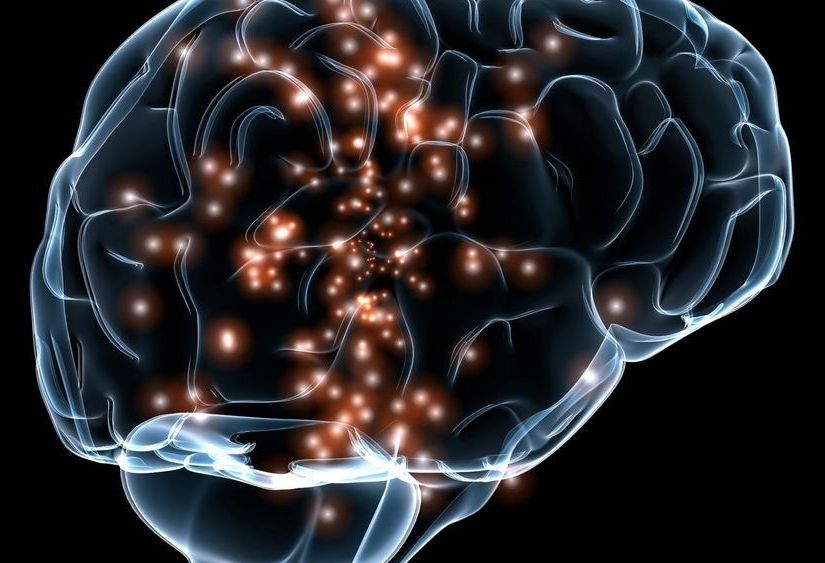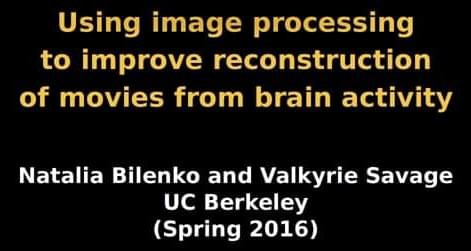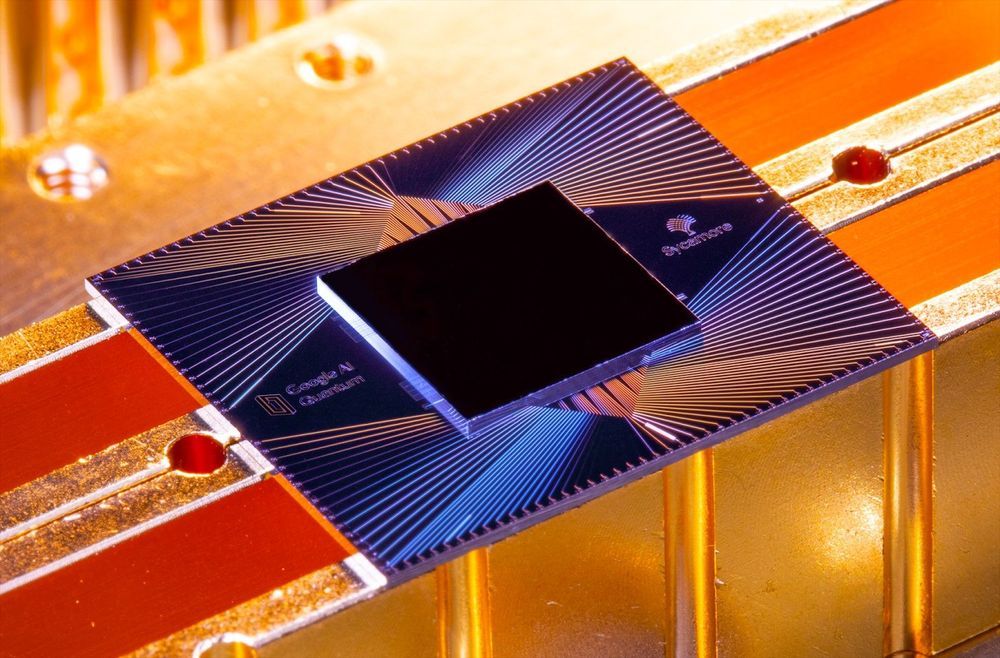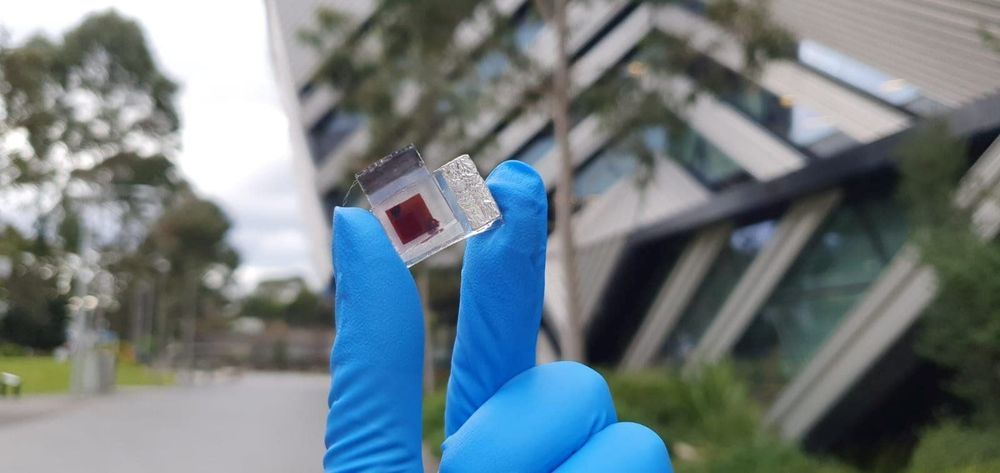A reputable leaker posted feasible specifications for an Nvidia GeForce RTX 3060 Ti or GeForce RTX 3060 Super graphics card.





Circa 2014 o,.o.
The Defense Advanced Research Projects Agency, or DARPA, has announced the start of a five-year, $26 million effort to develop brain implants that can treat mental disease with deep-brain stimulation.
The hope is to implant electrodes in different regions of the brain along with a tiny chip placed between the brain and the skull. The chip would monitor electrical signals in the brain and send data wirelessly back to scientists in order to gain a better understanding of psychological diseases like Post-Traumatic Stress Disorder (PTSD). The implant would also be used to trigger electrical impulses in order to relieve symptoms.
DARPA has chosen two teams that will pursue different approaches. A team from the University of California San Francisco will use direct recording, stimulation, and therapy to take advantage of the brain’s plasticity. Circuits that appear to drive pathology would be rewired, and eventually the patient could remove the implants.

Military brain computer interface BCI — rand.
The U.S. Department of Defense (DoD) has invested in the development of technologies that allow the human brain to communicate directly with machines, including the development of implantable neural interfaces able to transfer data between the human brain and the digital world. This technology, known as brain-computer interface (BCI), may eventually be used to monitor a soldier’s cognitive workload, control a drone swarm, or link with a prosthetic, among other examples. Further technological advances could support human-machine decisionmaking, human-to-human communication, system control, performance enhancement and monitoring, and training. However, numerous policy, safety, legal, and ethical issues should be evaluated before the technology is widely deployed. With this report, the authors developed a methodology for studying potential applications for emerging technology. This included developing a national security game to explore the use of BCI in combat scenarios; convening experts in military operations, human performance, and neurology to explore how the technology might affect military tactics, which aspects may be most beneficial, and which aspects might present risks; and offering recommendations to policymakers. The research assessed current and potential BCI applications for the military to ensure that the technology responds to actual needs, practical realities, and legal and ethical considerations.

He was also scared because the experiment showed, in a concrete way, that humanity was at the dawn of a new era, one in which our thoughts could theoretically be snatched from our heads. What was going to happen, Dr. Gallant wondered, when you could read thoughts the thinker might not even be consciously aware of, when you could see people’s memories?
Brains are talking to computers, and computers to brains. Are our daydreams safe?
Credit… By Derrick Schultz

Simulating chemical processes is one of the most promising applications of quantum computers, but problems with noise have prevented nascent quantum systems from outperforming conventional computers on such tasks. Now, researchers at Google have taken a major step towards this goal by using the most powerful quantum computer yet built to successfully implement a protocol for calculating the electronic structure of a molecule. The results may form a blueprint for complex, useful calculations on quantum computers affected by noise.
In October 2019, Google announced to great fanfare that its 53-qubit Sycamore computer had achieved quantum advantage. This means that a quantum computer can solve at least one problem much faster than any conventional supercomputer. However, Google researchers openly acknowledged that the problem Sycamore solved (sampling the outcome of a random quantum circuit) is easy for a quantum computer but difficult for a conventional supercomputer — and had little practical use.
What researchers would really like to do is use quantum computers to solve useful problems more effectively than possible with conventional computers: “Sycamore is extremely programmable and, in principle, you really can run any algorithm on it…In this sense, it’s a universal quantum computer,” explains team member Ryan Babbush of Google Research, “However, there’s a heavy caveat: there’s still noise affecting the device and as a result we’re still limited in the size of circuit we can implement.” Such noise, which results from classical sources such as thermal interference, can destroy the fragile superpositions crucial to quantum computation: “We can implement a completely universal circuit before the noise catches up and eventually destroys the computation,” says Babbush.

A hand-held video game console allowing indefinite gameplay might be a parent’s worst nightmare.
But this Game Boy is not just a toy. It’s a powerful proof-of-concept, developed by researchers at Northwestern University and the Delft University of Technology (TU Delft) in the Netherlands, that pushes the boundaries of battery-free intermittent computing into the realm of fun and interaction.
Instead of batteries, which are costly, environmentally hazardous and ultimately end up in landfills, this device harvests energy from the sun—and the user. These advances enable gaming to last forever without having to stop and recharge the battery.

Dye-sensitized solar cells used in low-light conditions could perform more consistently thanks to improved understanding of the role additives play in optimizing electrolytes.
Laptops and mobile phones, among other devices, could be charged or powered indoors, away from direct sunlight, using dye-sensitized solar cells (DSCs), which have achieved efficiencies of up to 34% at 1000 lux from a fluorescent lamp.
Copper-based electrolytes containing various combinations of additives have been used to achieve these efficiencies, with varying results to date.

New experimental evidence of a collective behavior of electrons to form “quasiparticles” called “anyons” has been reported by a team of scientists at Purdue University.
Anyons have characteristics not seen in other subatomic particles, including exhibiting fractional charge and fractional statistics that maintain a “memory” of their interactions with other quasiparticles by inducing quantum mechanical phase changes.
Postdoctoral research associate James Nakamura, with assistance from research group members Shuang Liang and Geoffrey Gardner, made the discovery while working in the laboratory of professor Michael Manfra is a Distinguished Professor of Physics and Astronomy, Purdue’s Bill and Dee O’Brien Chair Professor of Physics and Astronomy, professor of electrical and computer engineering, and professor of materials engineering. Although this work might eventually turn out to be relevant to the development of a quantum computer, for now, Manfra said, it is to be considered an important step in understanding the physics of quasiparticles.